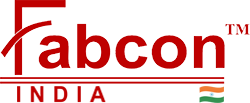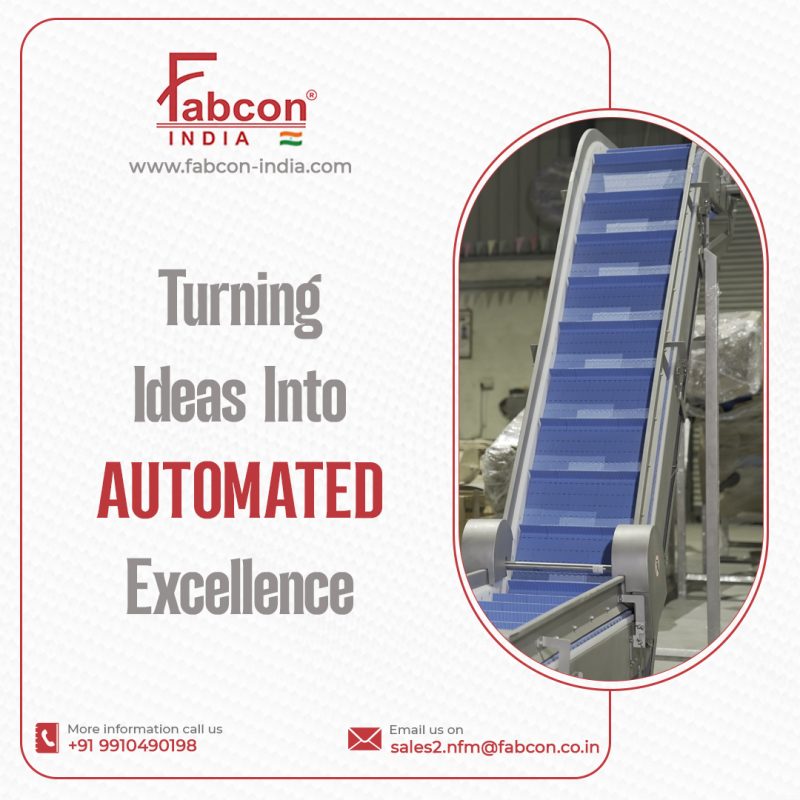Belt conveying is a system used to transport materials over distances using a continuous moving belt. It is widely used in industries like mining, agriculture, manufacturing, logistics, and food processing. Here’s a breakdown of key aspects of belt conveyors:
1. Components of a Belt Conveyor System
-
Belt: The main component that carries materials. It can be made of rubber, fabric, metal, or plastic.
-
Pulleys: Drive and tail pulleys control the belt’s movement.
-
Rollers (Idlers): Support the belt and reduce friction.
-
Drive Unit: Consists of a motor and gearbox that provide power.
-
Frame: Supports the entire conveyor structure.
-
Tensioning System: Keeps the belt at the right tension to prevent slipping.
2. Types of Belt Conveyors
-
Flat Belt Conveyor: Used for transporting items on a level surface.
-
Inclined Belt Conveyor: Moves materials at an angle.
-
Cleated Belt Conveyor: Has raised sections to prevent material slippage.
-
Curved Belt Conveyor: Designed to change the direction of material flow.
-
Modular Belt Conveyor: Uses interlocking plastic sections for flexibility.
3. Advantages of Belt Conveyors
-
Efficient and continuous material transport.
-
Handles a variety of materials, from fine powders to bulk items.
-
Low maintenance compared to other transport systems.
-
Can be customized for different industries and applications.
4. Applications
-
Mining: Transporting ores and coal.
-
Agriculture: Moving grains and fertilizers.
-
Food Industry: Transporting food items in hygienic conditions.
-
Construction: Carrying sand, gravel, and cement.

